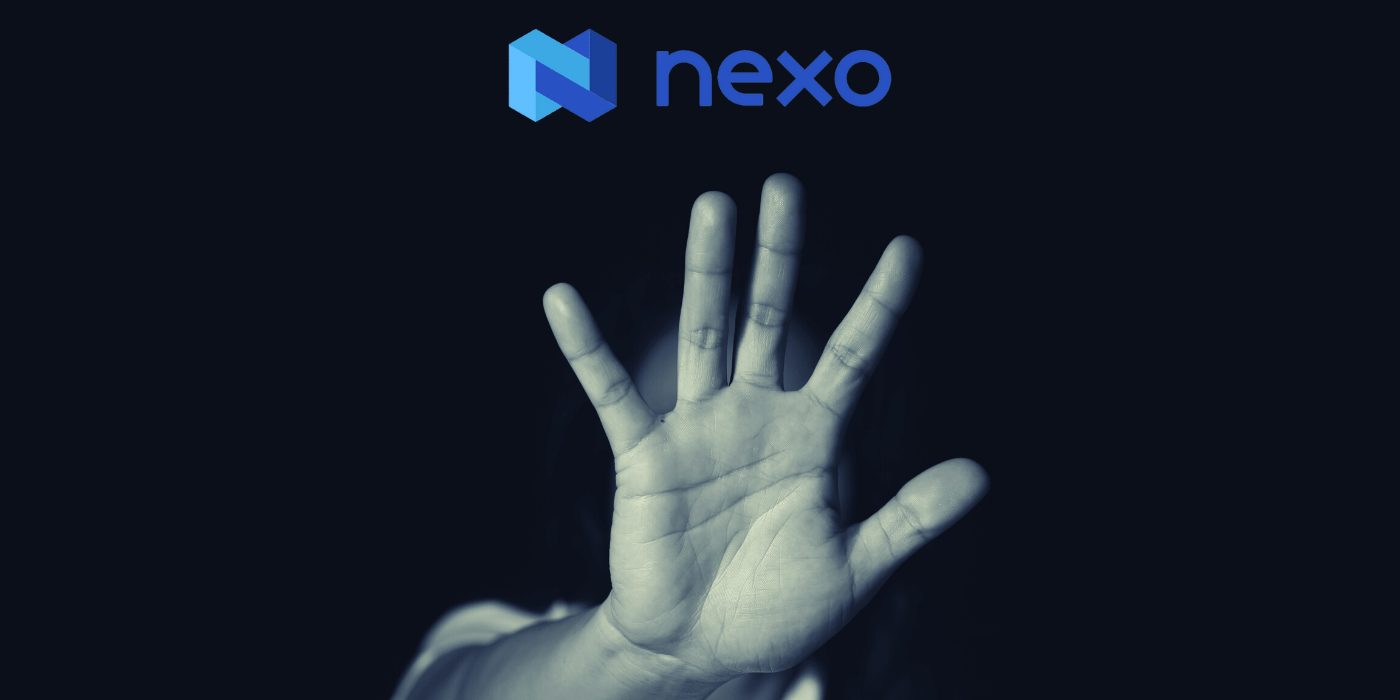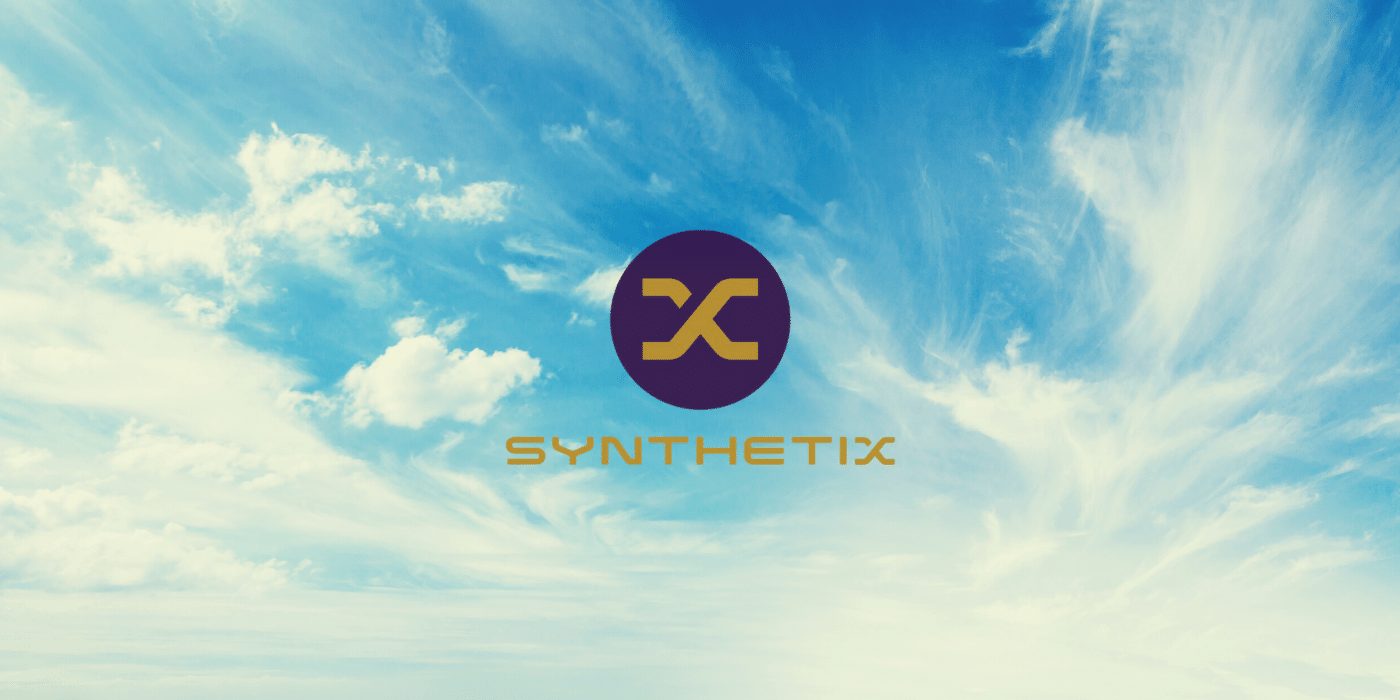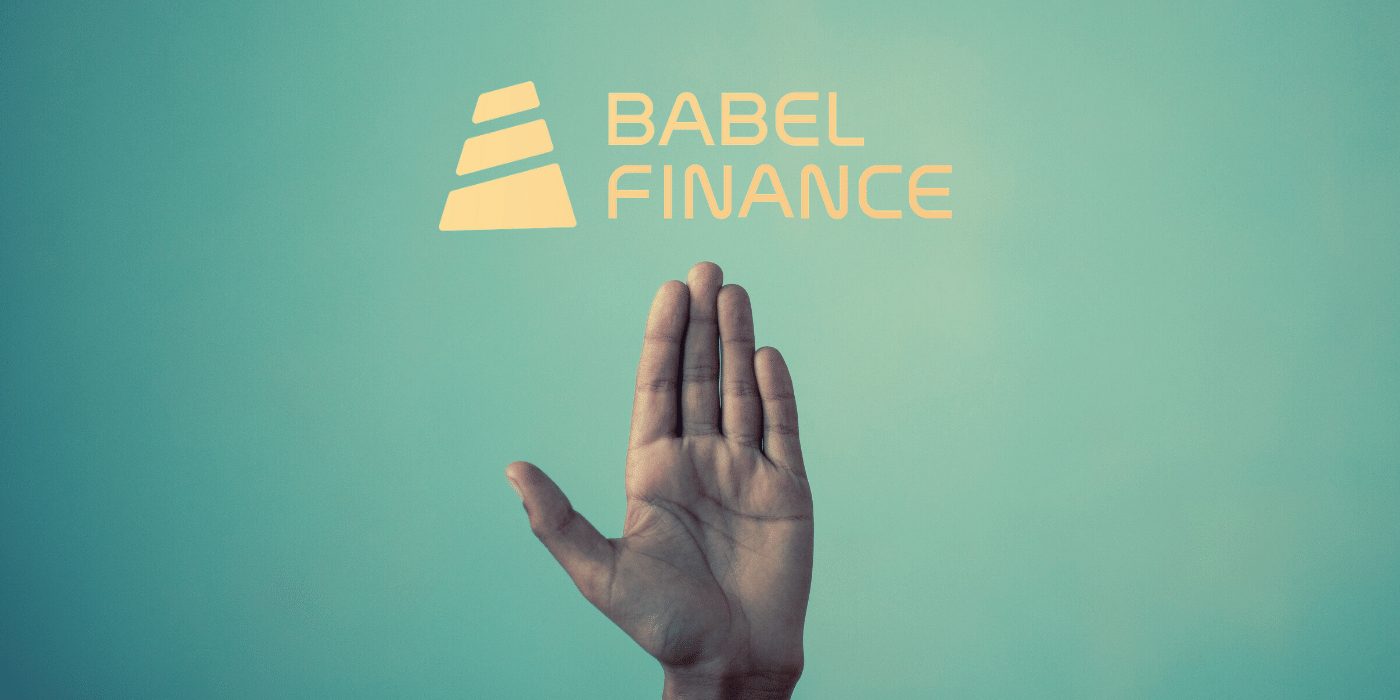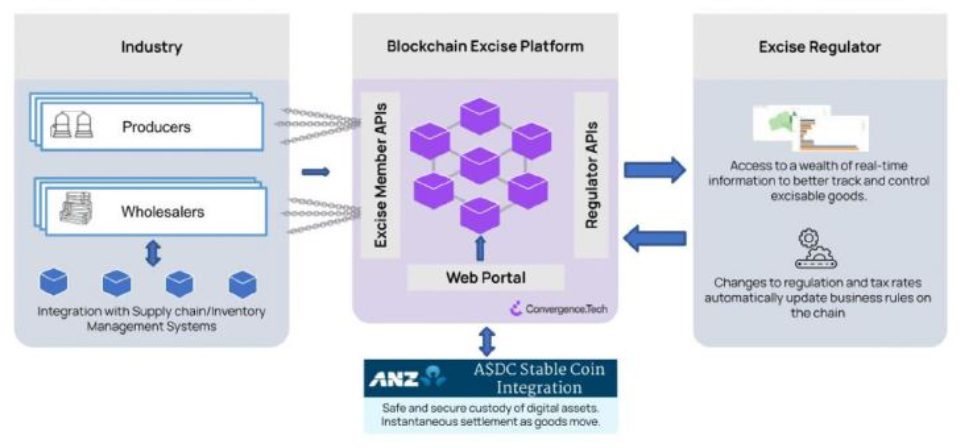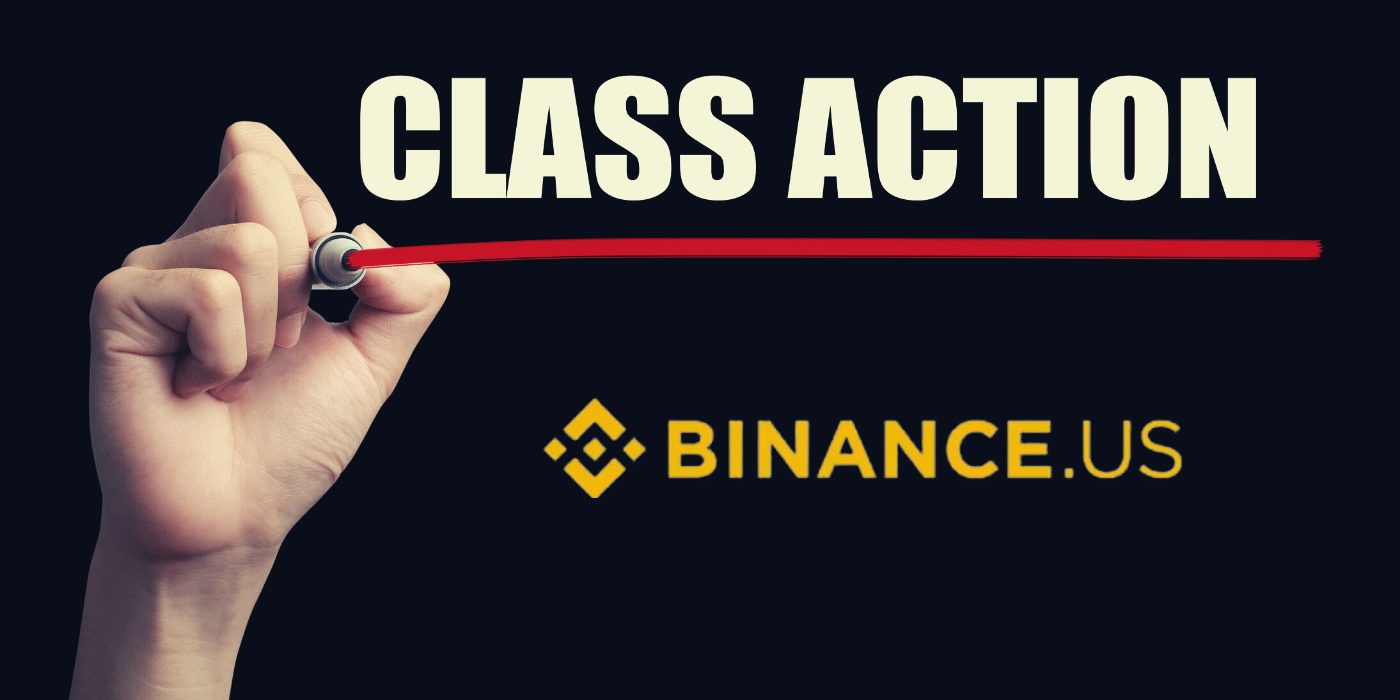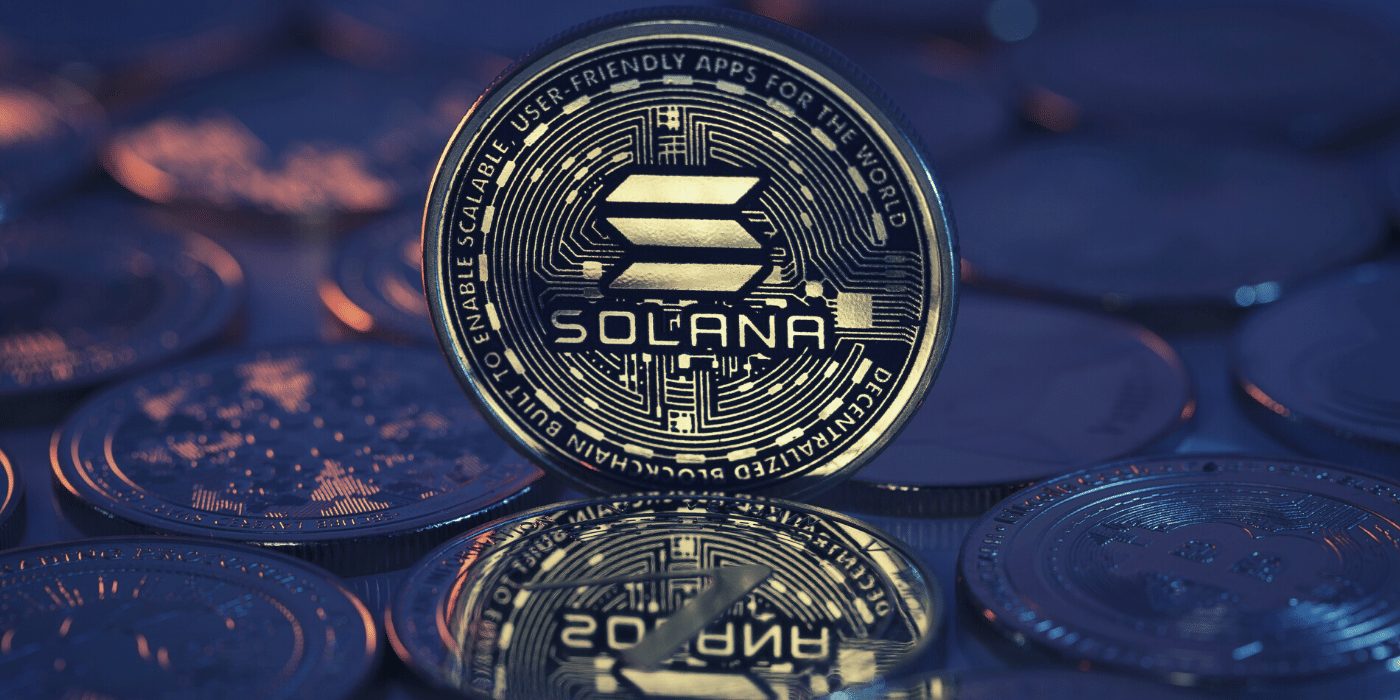Nexo has been the subject of a “smear campaign” this week, alleging that the company has siphoned funds from charity and stolen donations. The crypto lender has now issued a cease-and-desist letter to the Twitter account @Otteroooo behind the campaign:
Nexo’s Response
On June 26, Twitter user @Otteroooo (Otter) shared a thread claiming Nexo was guilty of stealing charity funding for lavish personal purchases. The tweets alleged that Nexo had targeted the Bulgarian charity HelpKarma for the theft. Purportedly, one ‘Konsta Kanchev’ was the co-founder of Nexo and founder of HelpKarma, according to Otter. This ‘Kanchev’ is said to have redirected the funds intended to cover medical treatments for children into the building of a personal palace.
Naturally, Nexo was none too pleased with the so-called smear campaign, responding specifically that ‘Konsta Kanchev’ does not exist and that Otter had merely amalgamated the names of Nexo’s chair and co-founder, Kosta Kantchev, and HelpKarma’s founder, Konstantin Krastev. Nexo also highlighted that it and HelpKarma had never shared common operations, beneficial owners, or management.
The lender then issued a public notice to cease and desist via its blog:
However, for much of the thread Otter is discussing Kosta Kanchev – alluding to the possibility that the above could simply have been an innocent typo. One tweet by @Davidgerard states: “Nexo offers 18% interest to the public. This is not possible in this economy”, insinuating fraud-related activity. But the below tweet shows that Otter’s tweets had very little influence on Nexo’s performance – suggesting the cease-and-desist notice may be questionable:
With these, and more, rumours spreading, and many Twitter users siding against Nexo, the company is standing firm on the notion that the motivation behind the allegations was to gain a large following before selling the account.
Recent Company Movements
Nexo made the news in December 2021 after pioneering NFT-backed lending services. Thanks to a partnership with Singaporean hedge fund Three Arrows Capital, Nexo clients were given the opportunity to borrow digital assets with their NFTs as collateral. At the time, the crypto lender was only accepting Bored Apes and CryptoPunks.
More recently, Nexo issued a proposal to buy out Celsius, a crypto lender competitor, showing a keen interest in its collateralised loan portfolio. This followed Celsius’ perceived one-way trip to insolvency thanks to a series of frozen user withdrawals and transfers.

